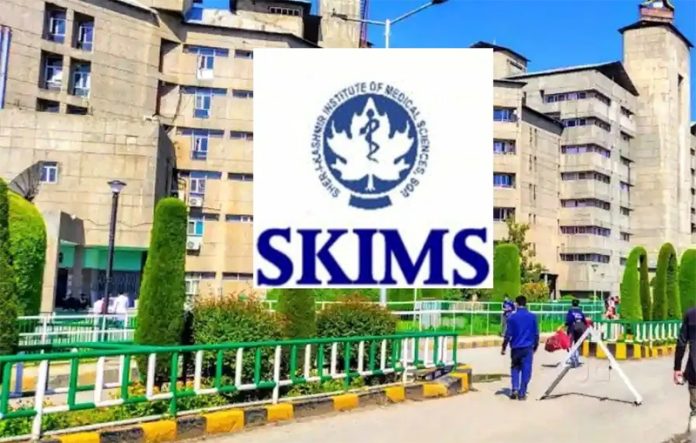The fact that over 34% of allocated funds to Sher-i-Kashmir Institute of Medical Sciences (SKIMS), Soura, lapsed during the 2023-24 financial year is deeply concerning. This alarming trend, attributed to an “insufficient” and “extremely sluggish” internal procurement mechanism, raises serious questions about the efficiency of administrative processes within the institution. The consistent lapse of funds over the past three years-34.16% in 2021-22, 21.72% in 2022-23, and again rising to 34.22% in 2023-24-reflects a systemic failure that cannot be overlooked. These funds, meant for essential medical procurement and infrastructure development, are crucial for improving patient care and enhancing the quality of services at SKIMS. The failure to utilise them effectively not only hampers the institution’s functioning but also negatively impacts thousands of patients who rely on its services.
Acknowledging these inefficiencies, the Government has taken some remedial measures, including extending the services of the Jammu & Kashmir Medical Supplies Corporation Limited to SKIMS. While this is a step in the right direction, it must be accompanied by a broader institutional overhaul to address the root causes of the problem. Bureaucratic bottlenecks, procurement delays, and administrative lethargy must be systematically eradicated. The Government’s assertion that SKIMS remains an autonomous institution is reassuring, but autonomy should not translate into inefficiency. Autonomy must be leveraged to enhance operational flexibility and decision-making, rather than becoming a shield for institutional inertia. The establishment of a dedicated SKIMS Cell to ensure fast-track decision-making is a welcome move, but its effectiveness will depend on how proactively it addresses pending matters.
Another critical issue highlighted is the backlog in faculty and non-gazetted positions. The Government’s decision to involve the JKPSC and the JKSSB in the recruitment process is commendable. This will ensure transparency, efficiency, and merit-based selection, which are imperative for maintaining high standards in patient care and medical education. However, structural reforms must not stop here. A comprehensive audit of procurement and recruitment processes should be conducted to identify inefficiencies. The Government’s interventions must not remain on paper but should translate into tangible improvements in procurement, staffing, and overall healthcare delivery.
Trending Now
E-Paper


